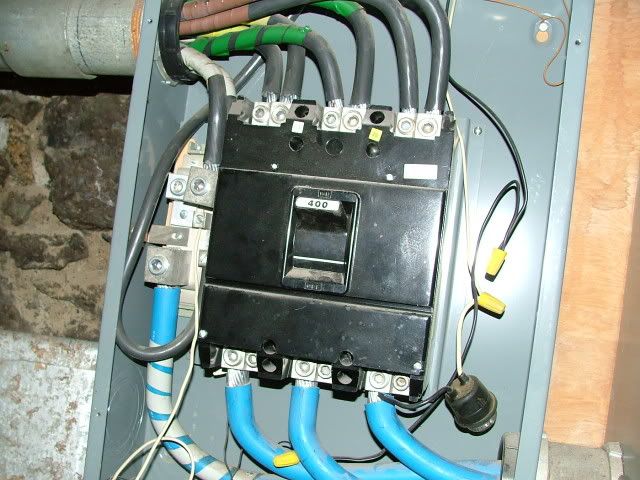sbutler
Member
- Location
- North Charleston, SC
When is a shunt trip required on the outside of a building?
You're going to have to make your inquiry a bit more clear.When is a shunt trip required on the outside of a building?
I will clarify. The MDP will have an 800A MCB and will be in a locked electrical room. The owner has indicated a shunt trip on the outside of the building is required for the fire department since they cant get to it to secure in case of a fire.
I will clarify. The MDP will have an 800A MCB and will be in a locked electrical room. The owner has indicated a shunt trip on the outside of the building is required for the fire department since they cant get to it to secure in case of a fire.
The key is a reliable power source in which the ST can be activated.

Be careful though, some manufactures add a stored energy backup for the shunt trip, so even if the main and utility is dead, there is still enough charge to kick your butt. The bad thing about this is the manufacture did not post any warnings anywhere on the gear.
There is nothing in the NEC requiring that.
However it is not an unusual fire dept request.
Years ago this was a common way in my area.
They tapped the breaker with a pigtail socket with a 15 amp Edison base fuse in it.

The trip for this one was a fire alarm type pull station in the lobby of the apartment building.
As a side note it is interesting that the breaker doesn't have a nameplate nor does it have a modification tag which with tell the electrician what accessory is inside.
"Nameplate" stickers were commonly applied to the side of the breakers, this could be one of those.
Or data centers. I seem to recall that there is an NFPA or other standard that requires that, but could be faulty memory and was some other standard practice, like IBM used to set standards for their data center constructions that everybody just adopted back-in-the-days.

